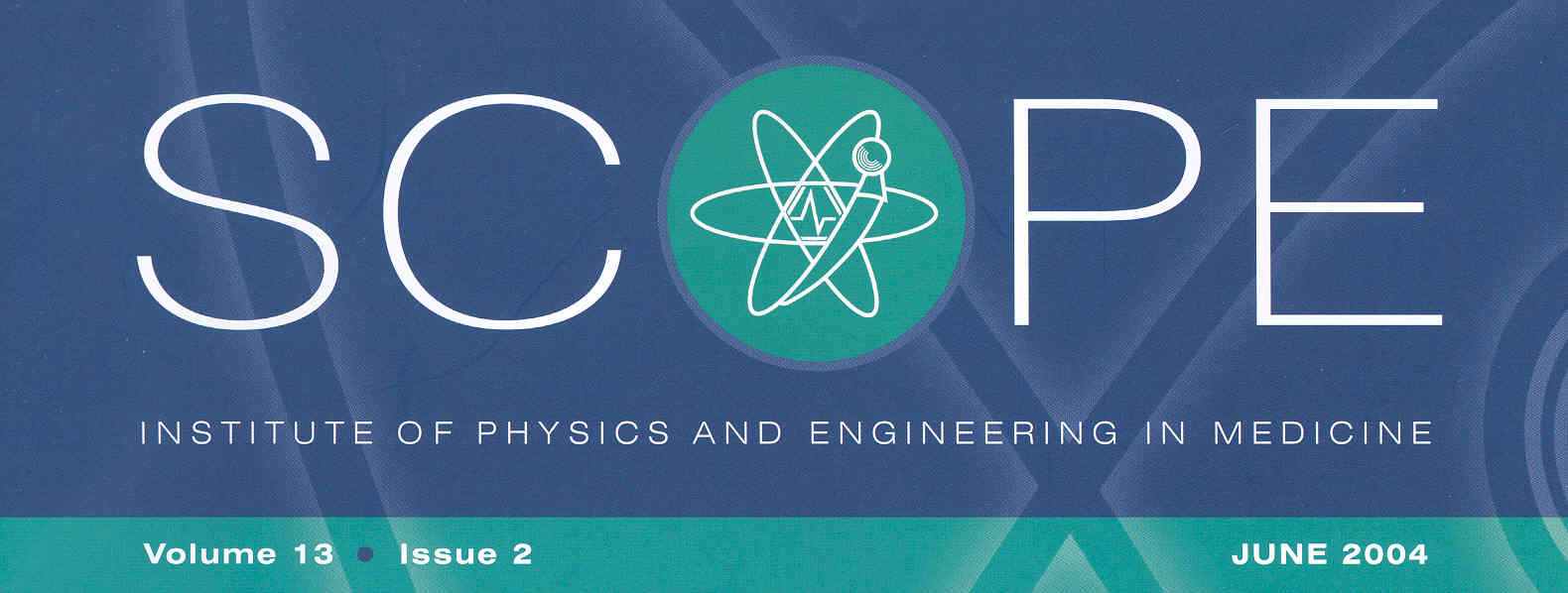
|
In reviewing
this book I
could find no better statement than that made by Bob Grossman in his
foreword: 'Paul
Tofts has succeeded brilliantly in capturing the essence of what needs
to
become the future of radiology in particular ,and medicine in general
-quantitative measurements of disease'. The book is indeed a
tour de
force of quantitative magnetic resonance imaging (or qMR) methodologies
written, and reviewed, by many of the acknowledged leaders in their
respective
fields. The book is divided into five sections. The first comprising
three
chapters written by Paul Tofts himself address the concepts of qMR, the
measurement process itself and the highly relevant subject of quality
assurance. The second section focuses on the measurement of individual
MR
parameters through ten comprehensive chapters: Proton density; T1, T2,
diffusion, magnetisation transfer, 'H spectroscopy metabolite
concentrations, T1W
dynamic contrast enhanced (DCE) imaging, T2/T2* |
Overall the
book is
well structured with a large number of clear and well-annotated
figures,
with colour plates being reproduced in a central section. Despite being
a
multi-author work there is a remarkable consistency of style and any
repetition
only reinforces the importance of certain aspects of qMR methodology.
It is
entirely possible to dip into individual chapters as required; however
I would
recommend a detailed reading of Section A. If there are any factual
mistakes
then I didn't find them, however Paul Tofts has registered the
www.qMRI.org
domain and promised to post updates and errata. It would be wonderful
if that
site could be developed into a live resource for discussion of all
aspects of
quantitation. |